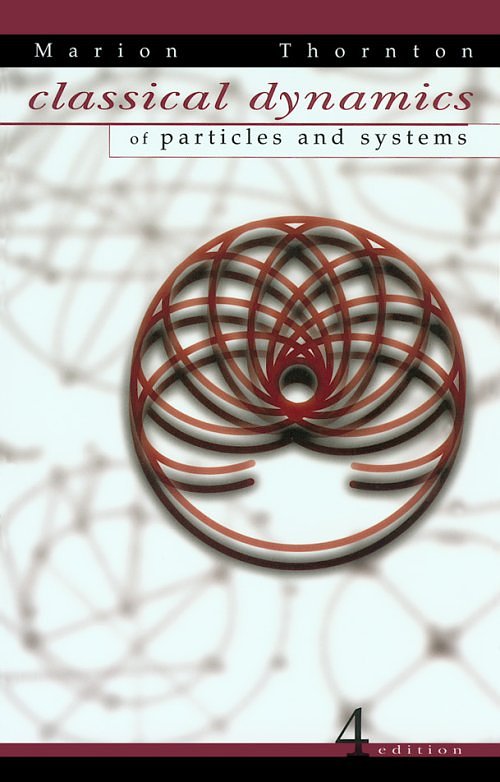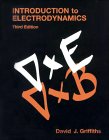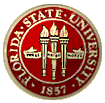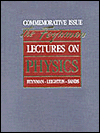



Credit: 3 semester hours.
Pre-requisites:
PHY-3221 and PHY-4323: Intermediate Mechanics and Electromagnetism.
Co-requisites: None.
The aim of the course is to expose senior undegraduate students to some of the formal aspects of Classical Mechanics (such as Lagrangian and Hamiltonian formulations) and Electromagnetism. Initially, special emphasis will be placed on using these formulations of Classical Mechanics to describe the motion of a charge particle in the presence of an external electromagnetic (EM) field. In the second part of the course we will concentrate on studying the physical meaning of the four Maxwell's equations, culminating with a discussion of Maxwell's greatest achievement: the unification of electricity and magnetism. After that, Einstein comes into play. We will introduce the important postulates of the Special Theory of Relativity and come to the realization that Newtonian Mechanics is not consistent with these postulates. We will modify the theory accordingly, and after some examples and applications, we will return to electrodynamics to show that Maxwell's equations are indeed consistent, without any modification, with the postulates of the Special Theory of Relativity. We will use a powerful covariant (frame-independent) approach to show the consistency between Maxwell's equation and the Special Theory of Relativity. Finally, we will conclude the semester with selected applications, such as radiation and the dynamics of moving charges.
Course Outline:
| Hamilton's Principle - Lagrangian and Hamiltonian Dynamics | Chapter 7 (M&T) |
| Central Potential Motion. Kepler problem. | Chapter 8 (M&T) |
| Maxwell's Equations and Waves. | Chapter 7 .3 and 9.2 (Griffiths) |
| Electrodynamics and Special Theory of Relativity. Lagrangian and Hamiltonian Dynamics for Electrodynamics. | Notes, Chapter 19 (Feynman II), Chapter 12 (Griffiths), Chapter 14 (M&T). |
| If time allows: Electromagnetic Radiation, etc. | Chapter 9,10,11 (Griffiths) |
Home and Class Work
| Set 1 |
Solutions: 7p1.jpg ,
7p2.jpg .
| Set 2 |
Solutions: 10.jpg ,
11p1.jpg ,
11p2.jpg .
|
Set 3 |
Solutions: 14.jpg .
|
Set 4 |
Solutions: 18-19.1.GIF ,
18-19.2.GIF .
|
Set 5 |
Solutions: 22.GIF .
|
Set 6 |
Solutions: 24_25.pdf .
|
Set 7 |
Solutions: 27.pdf ,
Korbits.pdf ,
30_a07.tgz (unfolds
with tar -zxvf 30_a07.tgz).
Data: Korbits.txt .
|
Set 8 |
Solutions: 34.pdf .
|
Set 9 |
Solutions: 37.jpg ,
40.pdf .
|
Set 10 |
Solutions: 41.pdf ,
42.gif ,
43.gif ,
45 and 46.jpg .
|
Set 11 |
Solutions: 47.pdf ,
49.tgz , Figures
spacetravel.pdf ,
tau10news.pdf .
|
Set 12 |
Solutions: 55.gif ,
|
Set 13
|
Set 14 |
Solutions: 60_1.jpg ,
60_2.jpg .
|
Set 15
|
Exams
|
Midterm (Friday March 6)
|
Solutions: 1, 2, 3. |
| Final (Wednesday April 29) | Solutions: 1, 2, 3. |
Textbooks:
S.T. Thornton and J.B. Marion,
Classical Dynamics of Particles and Systems
, (Harcourt College).
David J. Griffiths,
Introduction to Electrodynamics,
, (Prentice Hall).
Any edition will do (search the web for inexpensive used copies in
good condition).
In addition, the instructure will provide notes for some subjects.
Reference
books:

Evaluation of Performance:
The course grade will be
based on homework assignments, classworks, a midterm exam, and the final
exam. Classworks are unannounced quizes and assignments, which have to
be completed during the lecture hour. In contrast to exams classworks
will be open book and you can freely talk with one another and the
instructor. Missing class unexcused results in zero points on the
particular classwork, if their is some at that day. There will be one
homework set of about two problems per week. Solutions turned in every
Monday in class. Discussions of the homework problems among students
are encouraged - but each student must turn in
his/her own assignment and should be able to explain his or her solution
to the rest of the class. The instructor will post solutions
after the homework is returned.
Assessment and Grades:
| Home and class works | 70% |
| Midterm (March 1) | 10% |
| Final Exam | 20% |
| A>90%, A->85%, B+>80%, B>70%, B->65%, C+>60%, C>50%, C->40%, D>20%, F the rest. |
Academic Honor Code:
Students are expected
to uphold the Academic Honor Code published in he Florida State University
Bulletin and the Student Handbook. It is based on the premise that
each student has the responsibility (1) to uphold the highest standards
of academic integrity in the student's own work, (2) to refuse to tolerate
violations of academic integrity in the University community, and (3)
to foster a high sense of integrity and social responsibility on the
part of the University community.
ADA Statement:
Students with disabilities
needing academic accommodations should: a) register with and provide
documentation to the Student Disability Resource Center SDRC; b) bring
a letter to the instructor from SDRC indicating that you need academic
accommodations. Please do this during the first week of class. This and
other materials are availble in alternative format upon request.